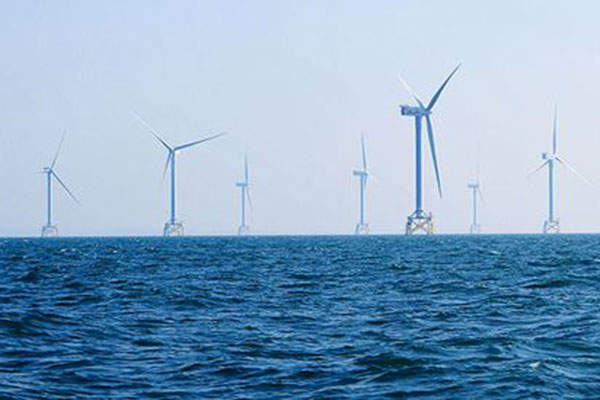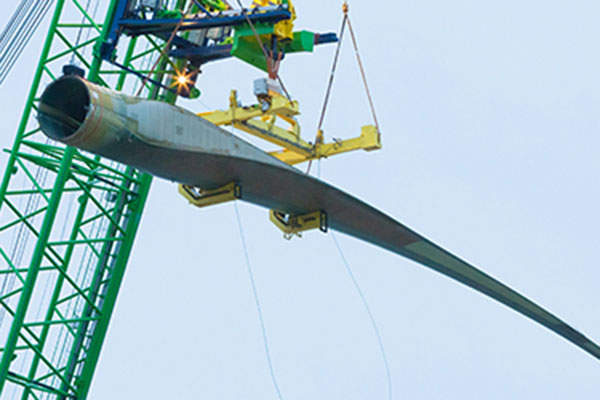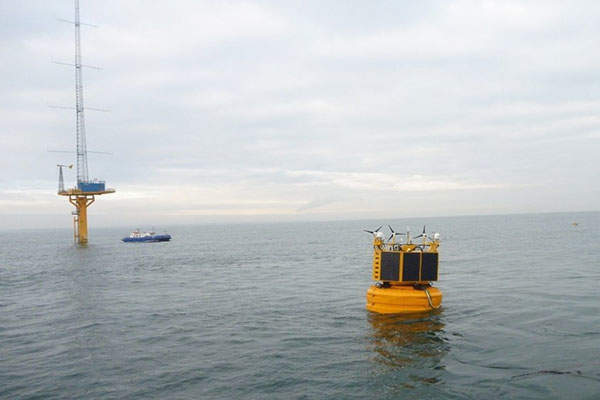The Neart Na Gaoithe offshore wind farm is a 448MW project that Mainstream Renewable Power, a global wind and solar company, proposed to develop in the North Sea off the east coast of Scotland.
The wind farm is expected to come online in 2017 and will power approximately 325,000 homes, which is equivalent to 3.7% of Scotland’s electricity demand. The project is expected to offset more than 400,000 tonnes of CO₂ emissions a year.
It is also expected to generate hundreds of direct and indirect jobs during construction and operations.
In 2011, the Scottish Government’s Strategic Environmental Assessment team considered the Neart Na Gaoithe site for the development of the wind farm, while Mainstream also signed an agreement for lease with The Crown Estate.
The planning permission for the route of the underground cable was granted by East Lothian Council in 2013. The wind farm received approval for onshore planning in June 2013, while the offshore planning was authorised in October 2014.
The project was pre-qualified for the Infrastructure UK Treasury Guarantee and the new €315bn European Fund for Strategic Investments.
Make-up and construction of the Neart Na Gaoithe offshore wind project
The Neart Na Gaoithe offshore wind farm will feature up to 75 wind turbines installed over an area of approximately 100km², 15km away from the Fife coast, at water depths ranging between 45m and 55m.
An underwater cable will transmit power from the wind farm to a substation situated at Crystal Rig onshore wind farm in the Lammermuir Hills.
The preliminary construction works are scheduled to begin by the end of 2015 and the wind farm will become fully operational by 2020.
The wind turbine component installation will be performed by GeoSea using Siemens’ new offshore transmission module (OTM) and High Wind’s boom lock system. The use of these two technologies is expected to enable Neart Na Gaoither to produce the cheapest electricity ever from an offshore wind farm in the UK.
The boom lock system will allow safe installation of all wind turbine components in wind speeds of up to 15m/s. It is designed to control the movement of the crane hook and the payload for minimising installation time. The system will also increase safety during the installation of the turbines by reducing the heavy payloads’ uncontrolled movements in windy conditions.
Wind speed studies at Na Gaoithe site
The European Offshore Wind Deployment Centre (EOWDC) will be located off the coast of the Scottish city of Aberdeen.
Mainstream Renewable Power started Phase Two of the floating Light Detection and Ranging (LiDAR) campaign by installing a floating LiDAR at Neart na Gaoithe offshore wind farm. A joint venture between DEME and 3E, positioned the floating LiDAR device approximately 21km away from the Fife coast in April 2014. The device employs buoy-mounted laser-anemometry to assess wind speeds.
DNV GL (formerly GL Garrad Hassan and DNV KEMA) completed an independent validation assessment of the FLiDAR offshore wind measurement device in September 2014. On the basis of the results, FLiDAR’s floating LIDAR device officially reached Stage Two in line with the Carbon Trust Offshore Wind Accelerator (OWA) Roadmap for commercial acceptance.
Contractors involved Neart Na Gaoithe
GeoSea, a part of Belgium-based DEME Group, was awarded a contract to design, supply and set up wind turbine foundations as well as install wind turbines and an offshore substation. The STDL/Prysmian consortium was contracted to design, supply and install the electrical works.
Siemens Wind is responsible for the supply of the wind turbines. Marubeni and Technip Offshore Wind were selected to provide a balance of plant engineering, procurement, construction and installation (EPCI) services.
Cathie Associates was contracted for geo-consultancy and survey management services associated with the geotechnical drilling campaign.






